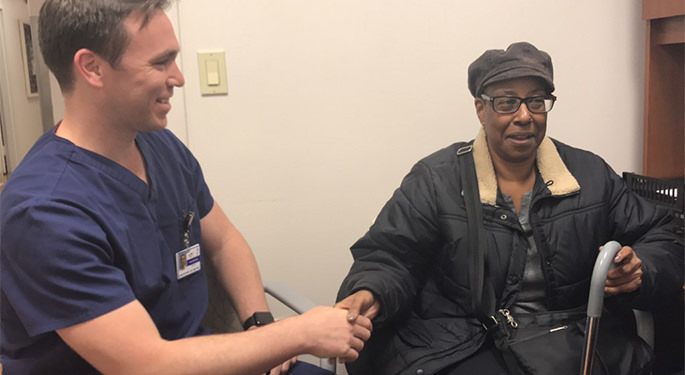
Brain Aneurysm
A brain aneurysm (sometimes called a cerebral aneurysm) is an abnormal bulging or ballooning portion of a weakened blood vessel in the brain. The larger the bulge, the more likely the brain aneurysm will bleed into and around the brain. When brain aneurysms bleed, they often cause sudden death. Those who survive often have neurologic dysfunction. Brain aneurysm bleeds cause strokes that can seriously impair speech, motor, and sensory function.
This bulge can take two general shapes. The first, called a "saccular" brain aneurysm, happens when a sac or pouch forms on one side of the blood vessel wall. The second type is called a "fusiform" brain aneurysm, and it is an outward bulging of the blood vessel wall in all directions.
Aneurysms can also occur in the major head and neck vessels leading to the brain, called the carotid arteries, with the same devastating results. The carotid arteries are the vessels in your neck forward of the large neck muscle on the side of your neck which can be felt pulsing.
Factors that increase the risk for brain aneurysms and associated symptoms include advanced age, family or personal history of brain aneurysms, smoking, and certain conditions such as polycystic kidney disease or connective tissue disorders.
Symptoms
Most people with un-ruptured brain aneurysms often experience few or no symptoms. Some people, though, do have some symptoms, such as:
- A "warning" headache that may occur several days or weeks before the rupture
- A dilated pupil in one eye
- Problems with vision or eye movement
- Pain above or behind the eye or in the temple, back of the head, or neck
Brain aneurysm symptoms more typically occur when an aneurysm ruptures. This is an emergency and requires immediate care. The first wave of symptoms of a ruptured brain aneurysm typically includes:
- Severe headache; even if you are prone to headaches or migraines, this will feel very different from anything you have experienced before
- Neck stiffness
- Nausea
- Vomiting
- Sensitivity to light
- Lethargy
These brain aneurysm symptoms are often immediately followed by confusion or change in mental state or consciousness, coma, and, in some instances seizures.
Treatment Options
At Mount Sinai, we are often able to identify the presence of an aneurysm and treat it before rupture. We use endovascular techniques (embolization) or microsurgery (aneurysm clipping) to prevent a disastrous rupture.
During embolization, we treat the aneurysm from inside the blood vessel. We pack the aneurysm with small detachable coils, so it cannot fill up with blood. At Mount Sinai, we have embolized more than 1,000 brain aneurysms. We are also experts in additional techniques used to treat more challenging aneurysms, such as balloon-assisted coiling, stent-assisted coiling, and flow diversion.
Depending on the shape, size, and location, sometimes we can treat an aneurysm more safely with microsurgery. This is a surgical procedure performed by one of our cerebrovascular neurosurgeons, including Joshua B. Bederson, MD, J. Mocco, MD, MS, Alejandro Berenstein, MD or Christopher P. Kellner, MD. During this procedure, we access the aneurysm under a microscope and place a titanium clip over the neck of the aneurysm, blocking blood flow into the sac to prevent bleeding. We have developed minimally invasive methods to perform surgical clipping of certain types of aneurysms that provide an improved cosmetic result.